Automate your inventory management with software for multi-unit restaurants. Keep food and beverage stock accurate down to the raw ingredients. And save time on inventory counts with our barcode scanner app.

How much of your stock is unaccounted for, lost, or not tracked properly? Identify the pitfalls, notify your teams, and take action to improve procedures.
Don’t rely on P&L reports alone to understand the health of your restaurants. Apicbase performance dashboards show the food costs and margins of each location in real-time.
Your teams can register all stock movements in the restaurant inventory app. The goal is to bring inventory variance down to zero.
Apicbase’s food inventory software saves time and gives your staff access to accurate purchasing and food waste data in professional dashboards.
Break down the wall between front and back of house. Every sale registered in your EPOS-systems automatically depletes stock down to the raw ingredients.
The difference between what should be in your fridges, freezers and pantries and what is actually there indicates how well your restaurants manage their inventory.
Apicbase software differentiates raw ingredients, semi-finished products, and finished items. It monitors all changes in inventory, ensuring every addition or use of ingredients and products is accurately tracked.
Why make things complicated? Simply scan packages upon delivery, and the data instantly syncs to the inventory app and adjusts the corresponding quantities and values throughout the system.
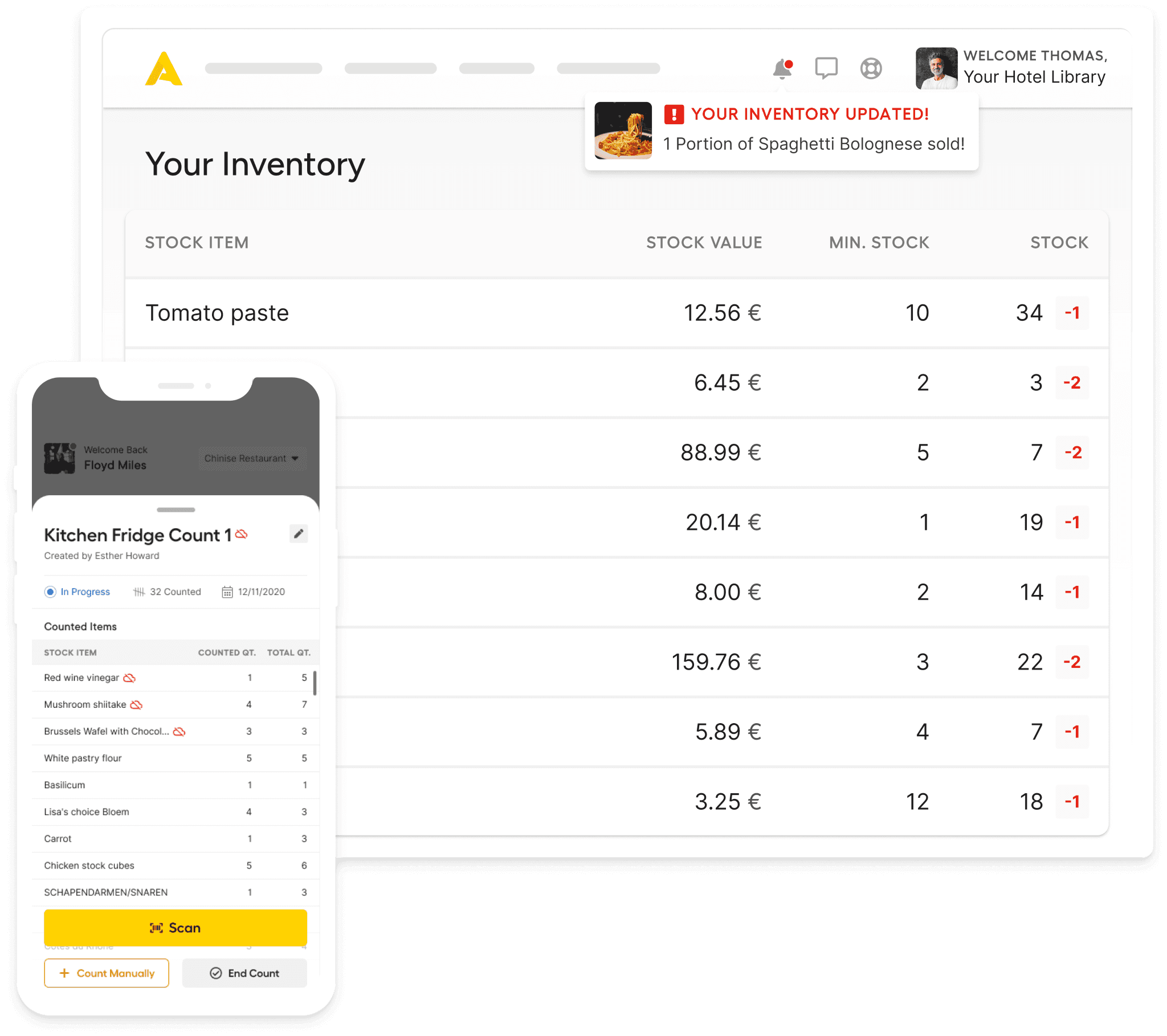

Restaurant inventory management software ensures consistent procurement and optimal stock levels. Apicbase also generates data-driven insights to improve decision-making. The result is less food waste and lower food costs in all your F&B outlets, which greatly improves profitability.
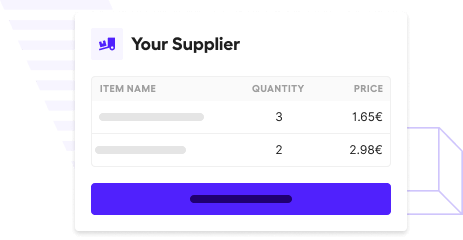
Apicbase takes into account real-time stock levels, future sales and minimum and par stock levels to generate precise purchase orders. With one click, your suppliers know exactly what to deliver and where, eliminating excess inventory or shortages.
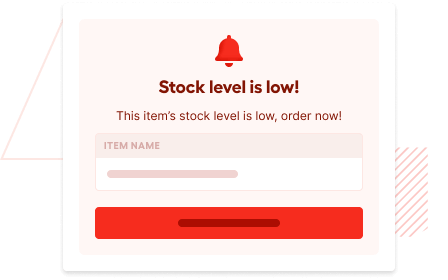
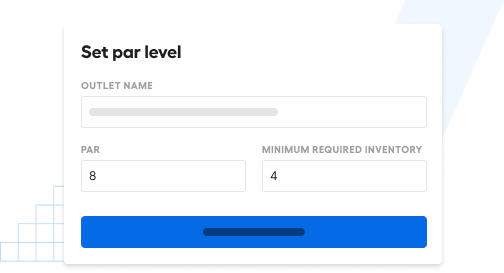
Vendor management is key. Make sure critical items are available at all times. Set par levels and instantly re-stock up to par by sending orders to your preferred wholesale food suppliers straight from your restaurant inventory management tool.
Prevent overstocks and inventory shrinkage. Order what you need, when you need it — and nothing more. Apicbase food inventory software keeps track of the stock levels in your restaurants via a deep POS integration.
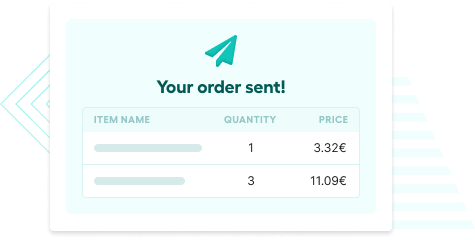
Don’t wait three months for the P&L. Detect profit leaks immediately, and plug the gap.
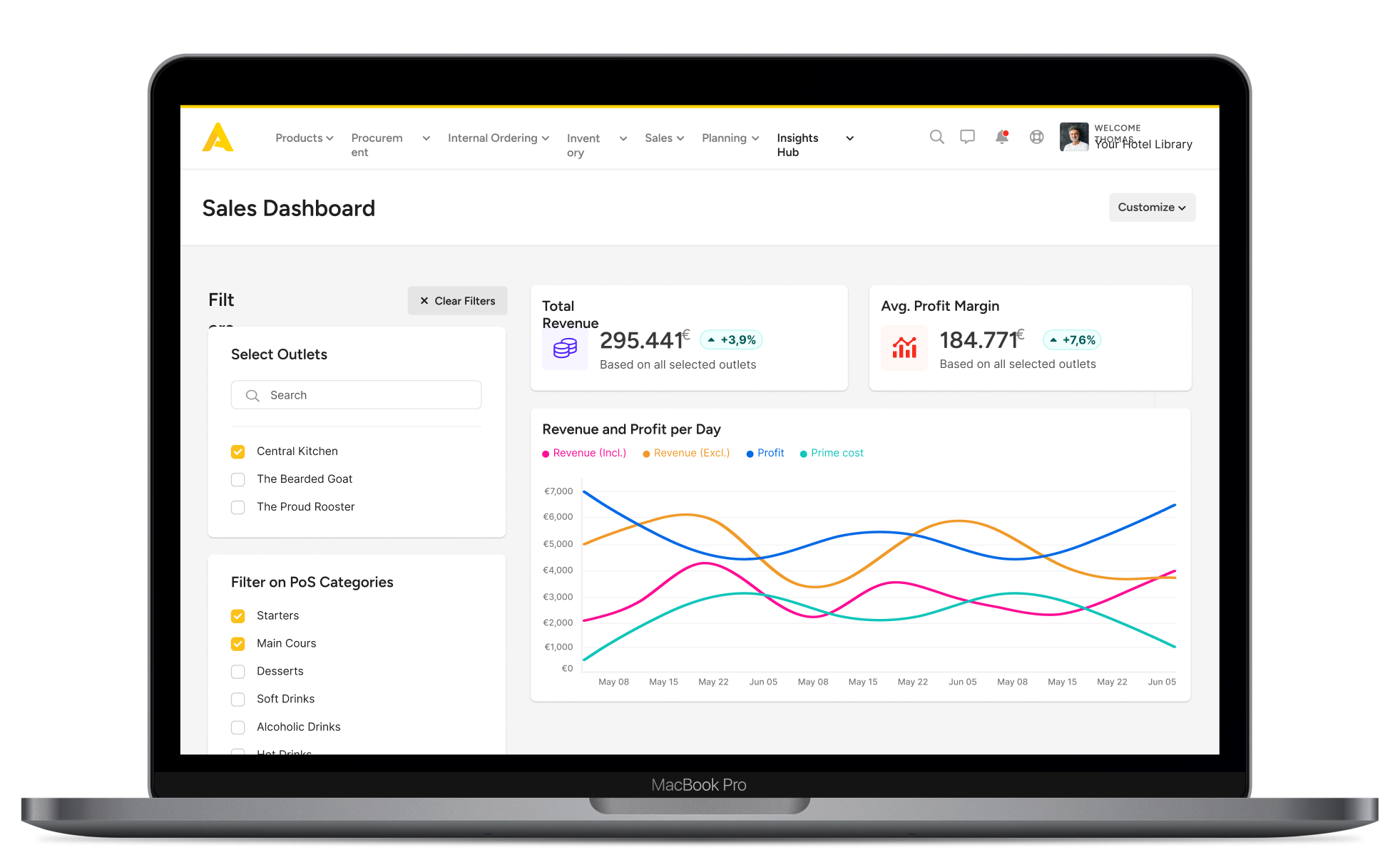
Catch errors before they inflate food costs and shrink your dish margins.
Pull up an inventory report and look for uncontrolled stock — the revenue lost due to squandering, overportioning, pilferage or poor procurement procedures.

Keep track of inventory actions at every unit. The restaurant inventory management system operates in the cloud so no calls, e-mail or text required. Apicbase automatically collects performance data that you can acces from anywhere at any time.
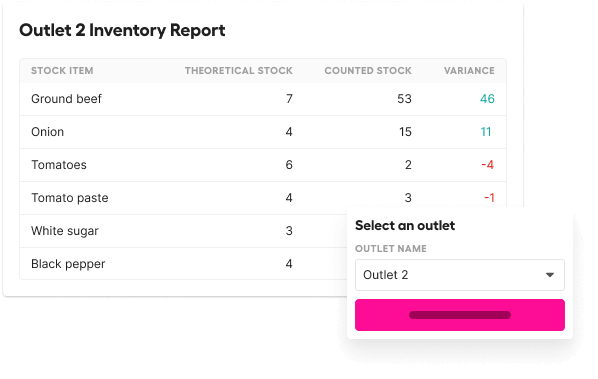
Managing user rights is vital to mitigate human error in large-scale food service operations. User management tools ensure only authorised personnel can make significant changes. Additionally, Apicbase logs all actions for real-time monitoring, allowing for swift intervention when discrepancies arise like unexplained losses, incorrect orders, or inconsistent data entries.
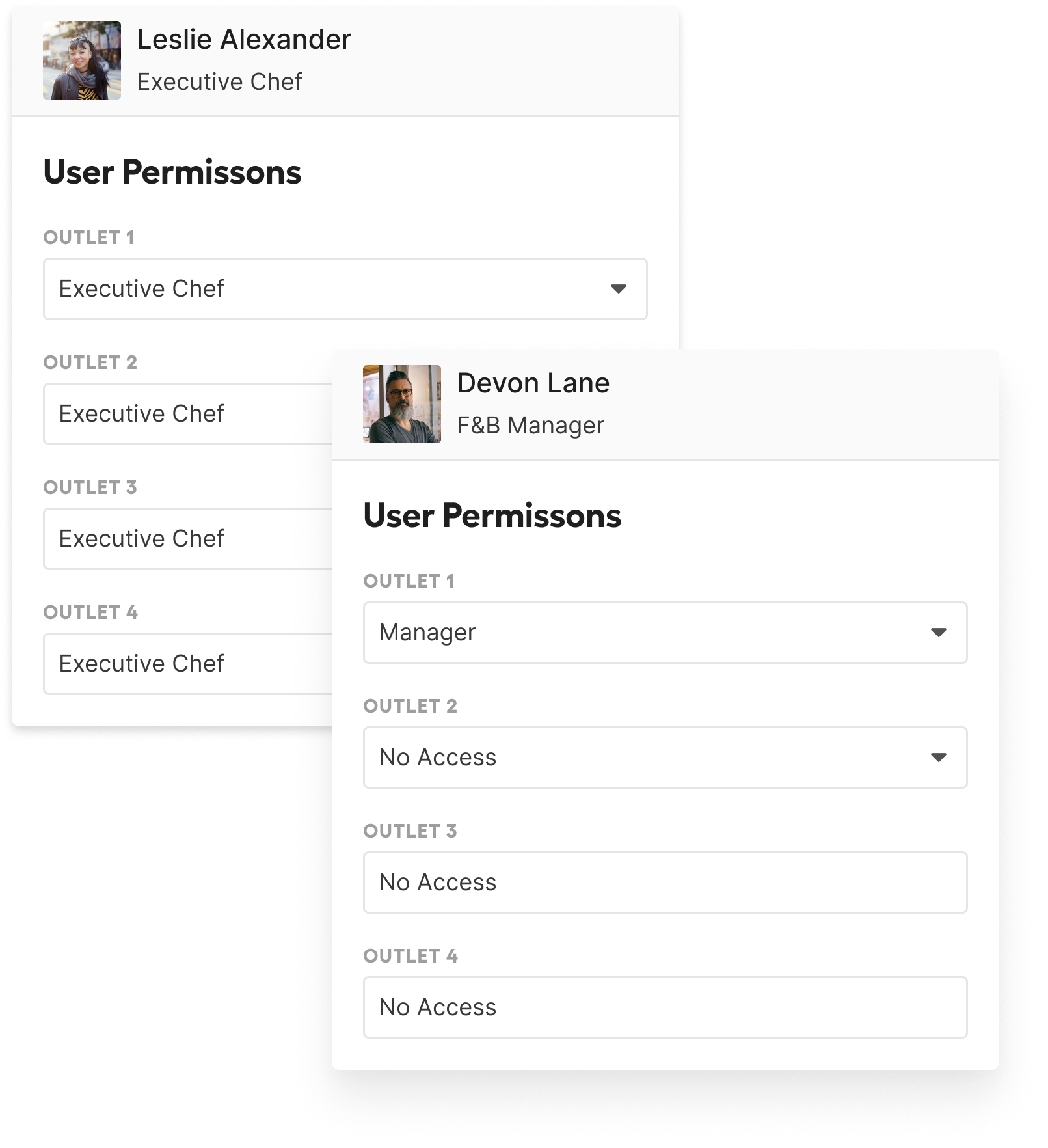


Apicbase calculates the exact amounts we need to order for each outlet. I can’t say how many hours it saves us, but it’s a lot.
Project director Food and Beverages

Apicbase offers a smart way to keep track of both the theoretical and actual inventory for your restaurant locations and central kitchens.
It seamlessly integrates with your Point of Sale (POS) system, automatically adjusting your theoretical inventory levels every time a sale is made. This means that every dish sold is immediately reflected in your stock, deducting the necessary raw ingredients, and providing your team with up-to-the-minute information about what’s available at their location.
For actual inventory tracking, your staff can easily use the Apicbase app on their phones or tablets. They can scan items using barcodes or QR codes, or even input stock details manually. This real-time updating ensures your dashboard always shows the latest data, including important figures like inventory variance and food cost percentages, helping you manage costs more effectively.
You can find more specific information on how inventory management works in Apicbase on our support website.
Apicbase has integrations with all leading POS platforms, including Square, Lightspeed, Caspeco, Micros, Clover, Revel, UnTill, Deliverect and many more. View the full list of POS integrations here.
Apicbase offers centralised control, making it easy to manage inventory, track orders, and optimise stock levels across all restaurant locations from one dashboard. One platform, total control.
On average, Apicbase saves its customers 5% on food costs and 4 hours per week/unit. Here are some specific customer cases.
Apicbase sends a notification to the appropriate person when stock is running low. Each stock item can be assigned a minimum level and a par level. Apicbase automatically creates purchase orders (PO) for your suppliers based on real-time stock and future demand or par levels. POs can also be created or modified manually.
Yes, Apicbase provides real-time stock updates as sales happen and ingredients are used, so your inventory data is always up-to-date.
Yes, Apicbase offers automated reordering based on minimum stock levels and forecasted demand. Purchase orders are generated with one click, but can be manually adjusted and require approval before sending.
Yes, Apicbase allows you to configure certain features to fit the specific needs of your restaurant. You can adjust menus and recipes for multiple or individual locations. User roles and permissions ensure only authorised staff can access sensitive information. Custom reports help track key metrics for performance and profitability, while the centralised database enables efficient management of recipes, food costs, and pricing based on local requirements.
Yes, Apicbase provides comprehensive support and training to ensure users get the most out of the software. The onboarding process guides you through setup, including data entry and configuration. You’ll have access to training modules, step-by-step guides, and video tutorials through Apicbase Academy. For immediate assistance, real-time chat support and a detailed Help Center are available. Additionally, regular online training sessions focus on areas like inventory management and procurement.
Apicbase is SOC II compliant, meaning the software meets the highest standards of data security, privacy, reliability, and operational excellence. All data is encrypted at rest (AWS KMS) and in transit (HTTPS). Live security controls can be viewed at trust.apicbase.com.
Apicbase NV – 2025. All Rights reserved
Apicbase is the most complete F&B management platform for multi-unit restaurants, hotels, ghost kitchens.